August 18, 2021; Ian Farquhar, Product Solutions Consultant
Data integrity, defined as the accuracy, consistency, and reliability of stored data, is vital in healthcare as the system transitions from volume to value-based care. Healthcare providers are being challenged to use data to improve patient care quality as well as for reimbursement. Information gathered through Electronic Health Records (EHRs) is the primary source of data for providers, the foundation of data integrity. You may have heard the old saying “garbage in, garbage out.” The quality of information going into EHRs will be the quality of data coming out – how do we improve data integrity? Do you have a solution in place to ensure data integrity for your organization?
Why should you focus on data integrity?
Data integrity helps to tell the story of your data; the more accurate and consistent data collected the more meaningful the story. Large amounts of data, in various capacity, are produced at healthcare organizations daily. When properly stored and analyzed, the information provided can drive improvements in quality and efficiency of care, safeguard operations, and ensure informed clinical decisions. For this to happen, organizations need to be able to trust the data.
Common errors in data collection include broken connections to hardware corrupting data transfer between devices and human data entry (i.e., typos or entering information in the wrong section of EHR). The most common being human data entry errors. When data integrity issues are evident, results and output become skewed. Gaps in care remain open because workflows and chart preps become compromised by poor historical data, quality program goals are no longer met, and organizations start to lose out on potential incentives as it relates to quality measures.
Tips For Improving Data Integrity:
- On-going education for staff – EHRs go through updates regularly, review training programs to make sure staff understand the latest changes
- Partner with Health Information Exchanges – data integrity doesn’t always mean issues with the data, but rather not having access to the necessary data
- Regular audits – set monitoring systems in place, reviewing regular reports with “questionable” data or “missing” data
With a population health solution like i2i, data are collected and integrated seamlessly from systems, data warehouses, and open-source channels. This process allows healthcare providers and key decisions makers to view, validate, and take action on their data in real-time. i2i operates with the highest level of data integrity best practices to reduce burden at the organization level. This allows systems to focus on clinical workflow, quality outcomes, financial outcomes and above all – patient care quality.
Building a foundation of accurate and consistent data at the organization level is key. Implementing and continually focusing on data integrity puts organizations in the best spot for sustained success, while reducing health disparities among their patient populations.
